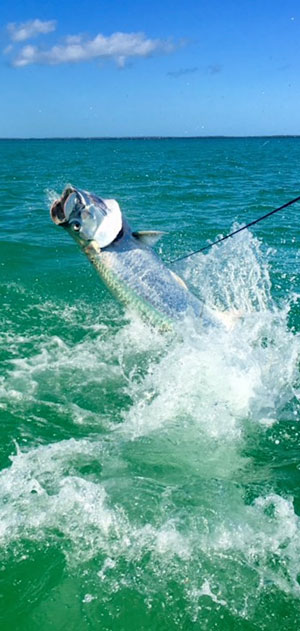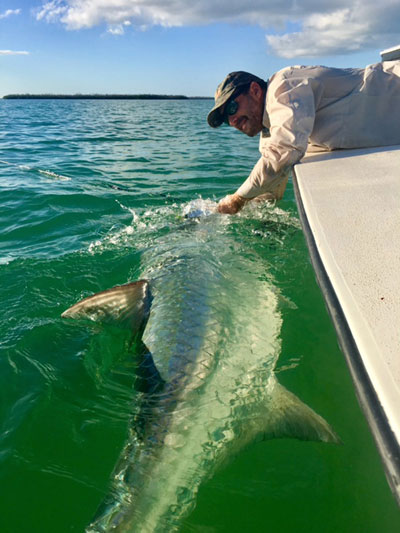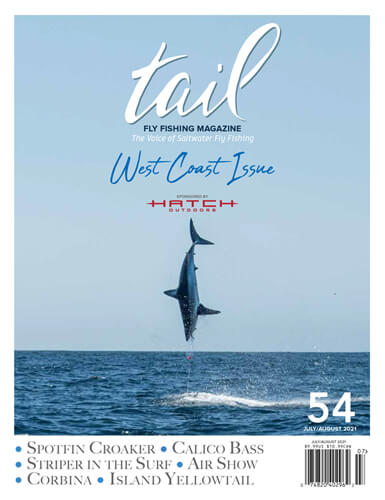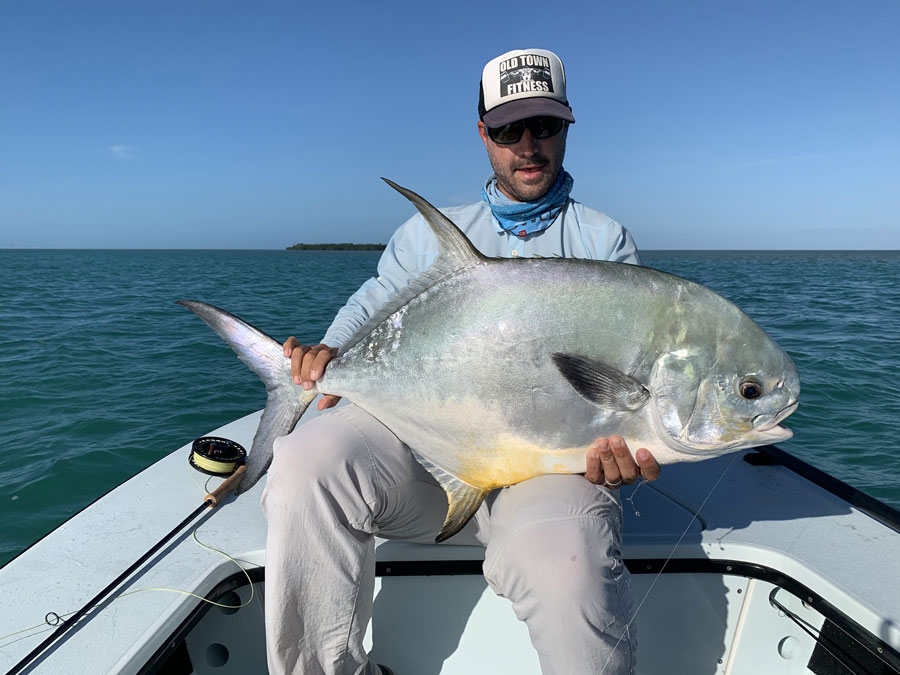I get asked a lot of questions. Perhaps it’s because of the amount of fishing I do, perhaps it’s because I own a fly shop. Folks want to know what the difference is between this rod and that, which sunglasses they should buy, and what kind of leader material they should use. Questions about fishing are more interesting—but in many ways harder to answer. What fly should I use? Where should I throw it? How can I get the fish to bite it? These are much more complicated questions, though they all come from the same place: People want to catch fish. As much as we throw around the platitudes—that’s why they call it fishing and not catching, it’s just nice to be out there, etc.—there’s a reason we have a rod in our hands. There’s nothing wrong with wanting to catch a fish, and although at times I have been told I take this whole fly fishing thing too seriously, I feel no remorse for working hard and trying to improve as an angler.

You’ll find countless answers to these and more questions on the internet, most written by people who want to sell you something or generate content for a website. That means that they’re not necessarily qualified to answer in the first place. I always chuckle when I read an article from the resident “permit freak”—who works for a travel booking agency-—about where to throw the fly when you’re fishing for permit. In reality, there’s no firm answer to this question. Life has taught me to be wary of people who try to simplify something complicated with a single solution. If nuance isn’t part of someone’s opinion when they’re advising how to feed feathered pieces of metal to wild underwater animals, I’m willing to bet that that someone is missing a lot more of the picture.
As fly anglers, we are clearly thrilled by difficulty. If the end goal were simply a fish in the hand, we wouldn’t ever pick up a fly rod. Bait would be a better choice, if we even used a rod—though in short order we would find a way to send an electrical current through the water and collect our stunned prizes as they floated belly-up. Like rock climbers, we don’t just value standing on top of the mountain. We want to get there in a way that we feel comfortable with.
There is no getting around the fact that we like to fly fish because it’s hard—and that we enjoy the difficulty. We are also constantly looking for ways to make it easier, which is part of our hunter’s nature installed long ago when catching fish meant more of our DNA in the future gene pool. So we are pulled in opposing directions as fly anglers: Our fascination with limits is in competition with our phobia of failure.
What I hear most frequently from anglers who come to the Keys is that it’s hard. The fish are smart, having learned what tricks not to fall for, and the number of shots in a day might be fewer than a person traveling down here to fish would prefer. Our permit ignore the fly; our tarpon jump as soon as they bite and do their best to throw the fly. It’s a challenge, and that’s what gets our attention. Nevertheless, over the years I’ve learned a few things I can do to lean into the difficulty of the sport while developing the skills I need to improve as an angler.

Fish with an IGFA-Compliant Leader
There’s a reason this topic comes up while fishing for tarpon more often than it does for permit: Tarpon are large fish that fight hard. Some will argue that fishing with a leader that has a heavy class will allow the angler to pull harder on the fish, shortening the fight. In my experience this is only true in theory rather than practice.
When I began fishing with an IGFA-compliant leader, I learned to keep maximum pressure on the fish at all times. Larger-than-necessary tippet had compensated for my mistakes, so I was forced to learn from my errors when I broke off a fish. This taught me what I couldn’t get away with as much as what I could; the consequence of a hard limit was that it made me a better fisherman. I catch fish faster now on 16 than I ever did when I was fishing a heavier class, because I’m more aware of what I’m doing; when I do err I simply break a fish off instead of staying attached through a mistake. If you’re fly fishing and you want to improve, this limit will give you a repeatable reference point to consult as you develop your abilities.
Have a Plan and Execute It
There are two parts to making a shot at any fish with a fly rod—and the first is actually the one that anglers struggle with the most: Where do I put the fly? Take a fish swimming at you slowly: Sure, you want to get the fly out in front of it so it can swim into it. The same fish swimming faster might mean you make one less false cast and throw the fly even farther in front of it. A slight current might mean a bit of a lead in the up-current direction; more current will mean more. In places where the water is off-color you might want to throw the fly close to a fish so it sees it. In clear water, success is likely to follow a fly placed away from the fish.
These things are obvious to most fly anglers, and the internet is full of similar pieces of advice, but it’s worth remembering that, in the moment of a shot, our ability to assess these elements deteriorates. We are reactive—especially when we see a fish that we want to catch—and we are all susceptible to crooked math that favors what we want to do rather than what we should. Make sure you constantly run the plays in your head. The current speed and water clarity might change in a few yards; staying aware of the implications of a dynamic environment is a good goal.
Subscribe to continue reading this article and hundreds of others. A print subscription includes the digital version which offers access to dozens of back issues.
 SUBSCRIBE TO TAIL FLY FISHING MAGAZINE
SUBSCRIBE TO TAIL FLY FISHING MAGAZINE
Fly Fishing the Lowcountry – Part Three: Migratory Species of the Lowcountry


